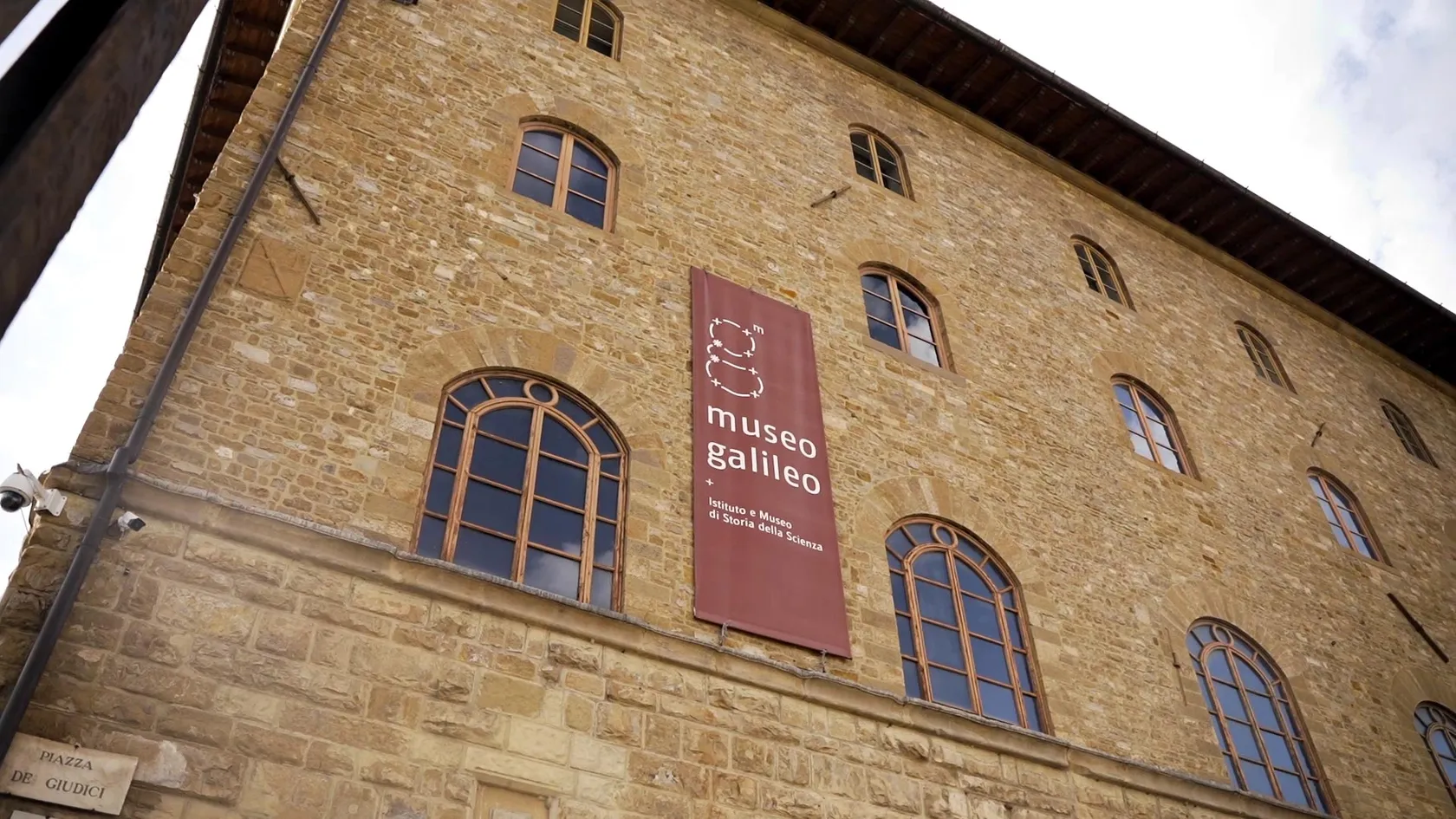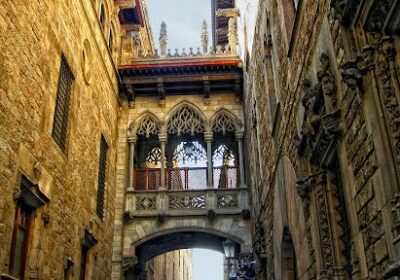Museum Galileo.
The History of Science Museum, recently renamed the Galileo Galilei Museum, will inspire youngsters with a passion for technology and natural history. For children who are not particularly interested in natural history, a visit will be a great chance to take a different look at the seemingly boring subjects of the school curriculum and make a lot of new discoveries. The exposition is located on two floors of the medieval Castellani Palace building dating back to the XI century. In 18 thematic halls there is a valuable collection of all kinds of ancient inventions, scientific instruments and experimental apparatus that influenced the development of physics, chemistry, astronomy, medicine and geography. It is also interesting to see things that belonged to Galileo Galilei himself. For example, the museum has a telescope with which the great scientist discovered the satellites of Jupiter.
The Galileo Galilei Museum is Florence’s museum of the history of science, which opened in 1929 and immediately took over the medieval Castellani Palace, where it is located to this day. The collection is based on artefacts from the storerooms of the two great Florentine dynasties, the Medici and the Lorraine. As early as the mid-16th century, Cosimo I de’ Medici began collecting original instruments and curious devices, and in 1657 the first scientific community in Europe (Accademia del Cimento) was founded, anticipating the Paris Academy of Sciences and the Royal Society of London. The Lorraines expanded the collection until the end of the 19th century.
The museum’s halls display medical instruments, telescopes, thermometers, globes, astrolabes, maps, various scientific instruments from the 15th to the 19th centuries, as well as multi-volume works on physics and mathematics by Renaissance scientists.
The ground floor features the Medici collection, including Galileo Galilei’s own belongings, and a number of valuable and rare artefacts from the 15th and 17th centuries, including the famous armillary sphere.
The first floor features Lorraine-era items such as experimental apparatus, chemistry sets, electromagnetic instruments, microscopes, compasses, early mechanics and other intricate inventions by great Renaissance minds. Most of the exhibits are in working condition, each one a complete work of art – in those days, medical and scientific instruments were made with glamour: encrusted with precious stones, decorated with delicate carvings and engravings.
The museum also has a library and a multimedia applications lab that puts scientific and historical research into digital form.
Open all days.

















